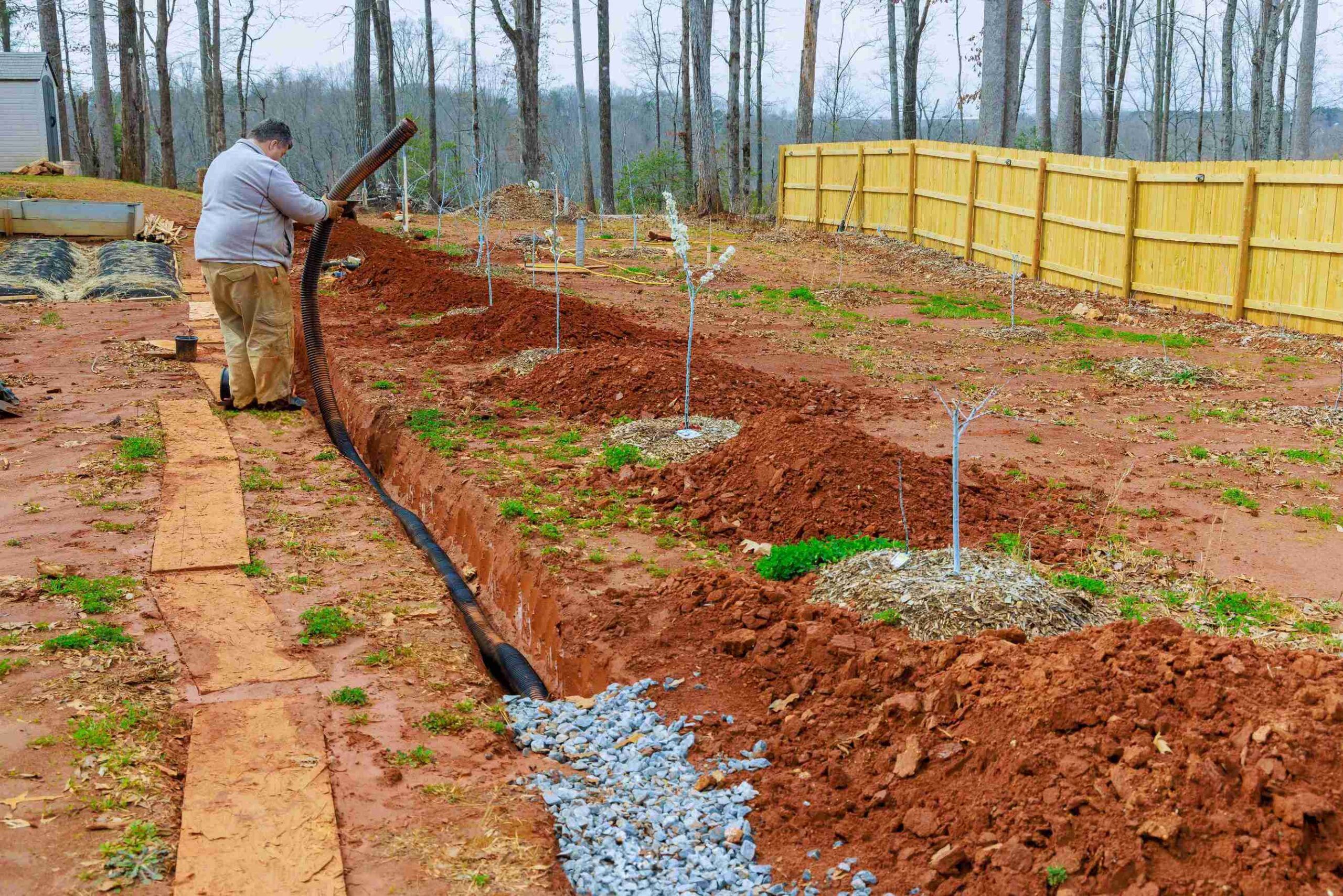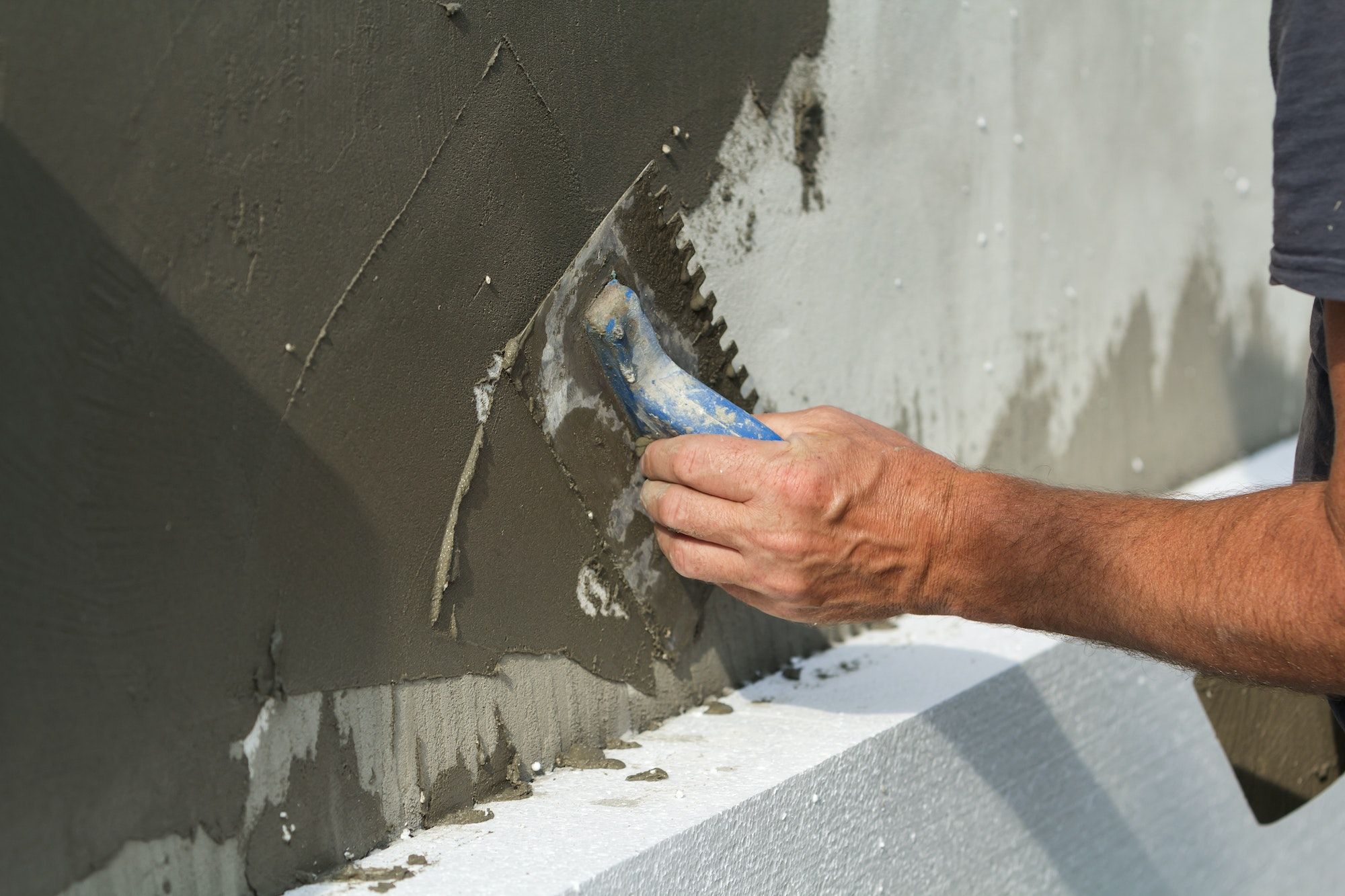French Drains In Cold Climates
As a homeowner that lived in a cold climate, I know firsthand the importance of proper drainage systems for protecting my property from water damage. French drains have become a popular choice for managing excess water, but I’ve always wondered how well they perform in colder temperatures. In this article, I’ll explore the challenges and options for using drainage solutions in cold places and share tips for maintaining them year-round.
For many, French drains are a reliable solution for preventing water damage in their homes and yards. However, when living in colder areas, there are unique challenges that can affect the performance of these drains. If you have dealt with the consequences of poorly-draining soil and froze piping, I’m sure you’re eager to learn more about how to adapt these systems for use in colder temperatures.
So, let’s dive into the world of drainage in the cold and discover how we can protect our homes from water damage all year round.
Table of Contents
ToggleWhy Use French Drains
If you want to protect your home from water damage during winter, you should definitely consider French drain installation. These drains are designed to efficiently divert water away from your home’s foundation, preventing water from seeping into your basement or crawl space.
By doing so, French drains provide several benefits that can save you time, money, and headaches in the long run. One of the biggest advantages of French drains is their cost-effectiveness. Compared to other drainage solutions, such as sump pumps or waterproofing coatings, they are relatively affordable and require minimal maintenance.
Additionally, they can be integrated into your landscaping, providing a seamless and attractive solution to your drainage needs. Overall, the installation process is straightforward and can be completed in just a few days, making drains an excellent investment for anyone looking to protect their homes from water damage.
The Challenges of Using French Drains in Winter Months
You’ll face some tough obstacles when trying to use these systems in frosty areas. I’ve learned that firsthand after experiencing the challenges of drains in cold times of the year. One of the biggest issues is snow accumulation, which can easily “stop the show” and cause it to malfunction. This is why it’s crucial to design and install the system with proper care and consideration for the surrounding groundwater and weather conditions.
Another challenge is system shift and moving underground due to ice! Which can also clog up the drains and prevent water from flowing through. To help you better understand these challenges, here’s a table that outlines the various obstacles that can arise when using French drains in cold months:
| Challenge | Description |
|---|---|
| Snow accumulation | Heavy snowfall can block the drain system, preventing water from flowing through. |
| Ground freezing | This can cause the system to shift and move out of place. |
| Ice formation | Ice can block up the pipes and prevent water from flowing through. |
| Permafrost thawing | This can cause the ground to shift and move around the drain system, affecting its overall performance and function. |
Despite these challenges, drains can still be effective in cold. With the right design and installation, these systems can help mitigate water damage and prevent flooding, even in the harshest of winter conditions.
Adapting French Drains for Use in Cold Climates
To successfully utilize French drains in winter weather, it’s important to adapt them accordingly. One of the challenges to consider is winter insulation. drains that are not properly insulated can freeze over, rendering them useless.
To prevent this, it’s important to add a layer of insulation to the surrounding soil and the drain to keep it from frosting over. Another challenge to consider is snow removal. Drains can easily become filled with snow, preventing them from properly draining water.
To avoid this, it’s important to clear any snow from the surrounding area and ensure that the drain is clear of any debris. Additionally, frost prevention measures should be taken, such as using heating cables or other methods to keep the drain from freezing over.
The depth of the drain system should also be taken into account, as deeper drains are less susceptible to cold. Lastly, the impact of permafrost on the surrounding soil should also be considered when planning and installing French drains in cold areas.
Maintaining French Drains Below the Frost Line
Keeping up with maintenance for your drain system during the winter months can help ensure its effectiveness and longevity. In colder times of the year, French drains need to be properly maintained to prevent frost and damage from snow accumulation. Proper insulation is critical to keeping the drain system functioning properly during the winter months. It is important to check the insulation around the drain system and make sure it is intact and free of any damage.
Warming techniques can also be used to prevent frost damage to the drain system. One effective technique is to use a heat source, such as a heat gun or hair dryer, to clear any clogged areas. In addition, regular winter maintenance, including removing any debris or snow accumulation around the drain system, can help prevent clogs and damage. By taking these steps to maintain your French drain system during the winter months, you can ensure its effectiveness and longevity, and avoid costly repairs down the road.
| Preventing Freezing | Proper Insulation | Snow Accumulation | Thawing Techniques |
|---|---|---|---|
| Check insulation around the drain system | Ensure intact and free of damage | Regularly remove debris and snow accumulation | Use a heat source (heat gun or hair dryer) to thaw areas |
| Install frost-proof drain pipes | Use foam insulation sleeves around pipes | Keep snow accumulation away from the drain system | Use warm water to thaw areas |
Ensuring proper maintenance and insulation is crucial for the winter functionality of your drain system. Take the necessary steps to prevent freezing and damage, and consider implementing some of these techniques to maintain your system throughout the winter months. A well-maintained drain system can help protect your property and prevent costly repairs, providing peace of mind during the colder seasons.
Q: Can I install French Drains in cold climates?
A: Yes, Drains can function in all seasons, including extreme temperatures. However, there are some concerns about frost that need to be addressed during installation.
Q: What freezing concerns should I be aware of when installing French Drains?
A: The main concern is the potential for frozen obstructions in the drain system. This can occur due to freezing cycles and can result in damage to the pipes. To address this, they should be placed below the frost line and designed to prevent water from pooling and freezing in the system.
Q: How can I prevent ice obstructions in my French Drain?
A: One way to prevent blockages is to use perforated pipe surrounded by gravel. This allows water to easily flow through the drain system and prevents clogging caused by frost. Additionally, installing a dry well at the end of the French Drain can provide a large area for dumping water into and prevent freezing within the system.
Q: Can gutter systems be integrated with French Drains?
A: Yes, gutter systems can work together with your drains to keep water away from your foundation and prevent water damage. The gutters catch water from your roof, and the drain moves the water at least 20 feet away from the foundation to avoid overloading your drainage system




